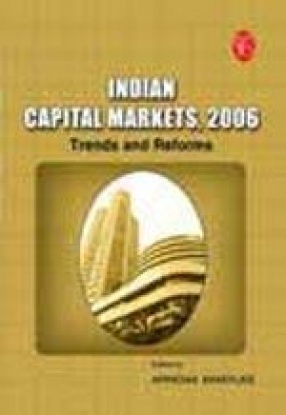After a long period of volatility, the Sensex finally touched a historic high of 10,000 on 6th January, 2005. This episode of market euphoria coincided with several regulations being brought in by Sebi. This book discusses the recent happenings in the Indian capital market and the regulator’s role in ensuring investor confidence in the long run. The year 2005 was the year of the Foreign Institutional Investors (FII) inflows and numerous public offers flooding the market. FIIs alone invested over $9 billion in 2005. Investors are considering Indian markets a safe and profitable ground for their investments that can generate potential returns. In recent times, several issues have crept up. Demoralization of the stock exchanges, added emphasis on the risk management framework and the possible integration of the Indian markets, to mention a few. Truly speaking, the capital market is moving through a transition that is primarily triggered by investor confidence. In such a scenario, the role of the regulator increases manifold in not only keeping a strong vigil on the market participants but also in acting with immediate effect in times of market manipulations that would likely to erode investor confidence. In the dying days of 2005, the Sebi board announced plans for the rating of IPOs. This proposal came in the light of Sebi’s revelations pertaining to the YES Bank IPO subscriptions, as well as the National Securities Depository’s (NSDL) findings with regard to mandatory Power of Attorneys (POA) obtained by brokerage.
Indian Capital Markets 2006: Trends and Reforms
In stock
Free & Quick Delivery Worldwide
reviews
Bibliographic information
Title
Indian Capital Markets 2006: Trends and Reforms
Author
Edition
1st ed.
Publisher
ISBN
8131404374
Length
192p.
Subjects








There are no reviews yet.